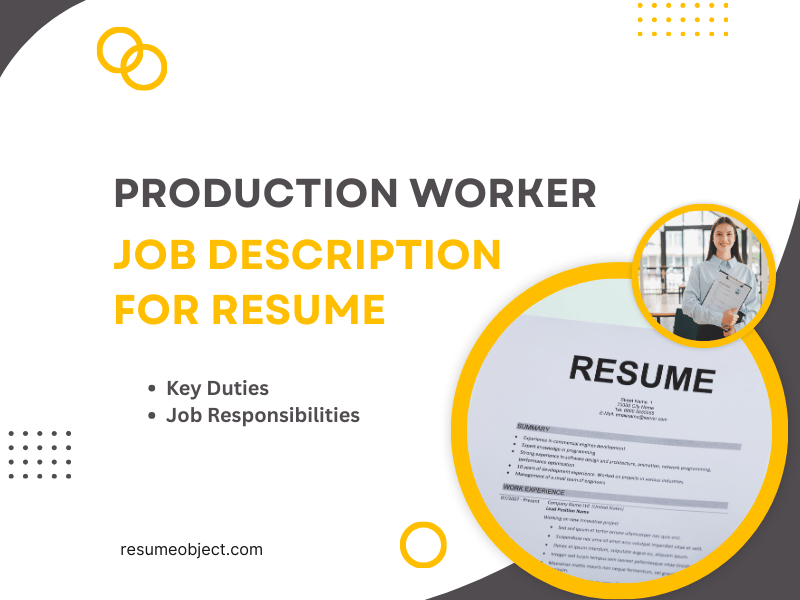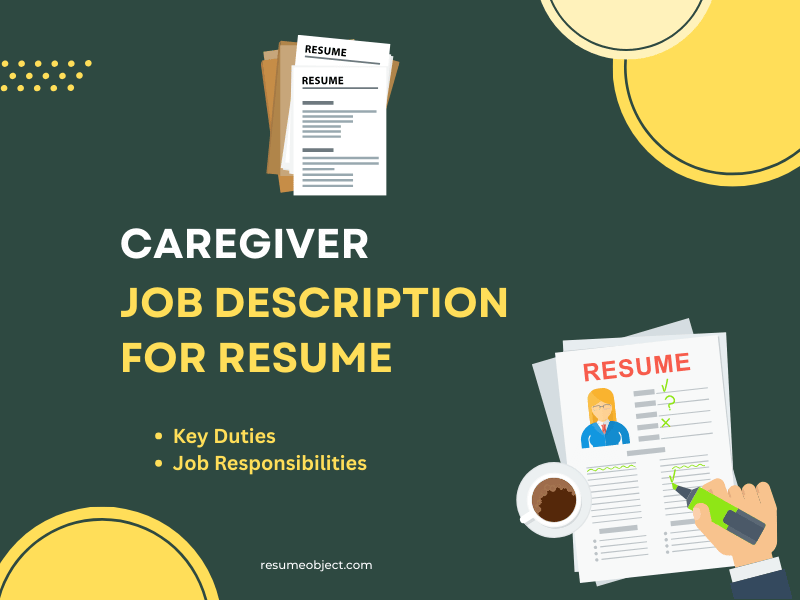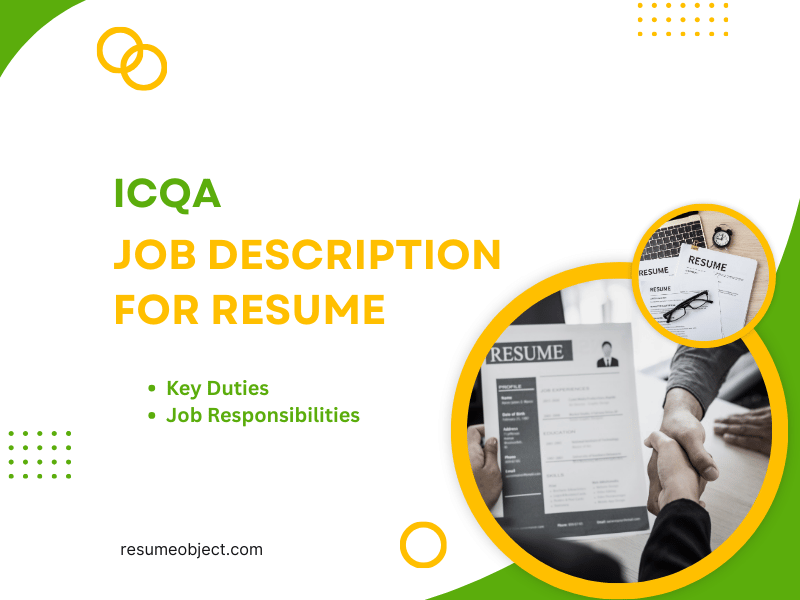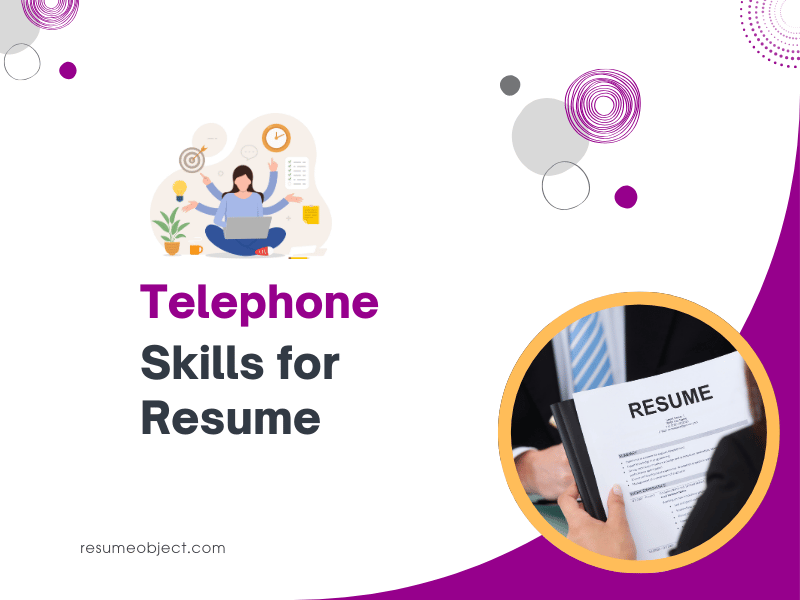A cover letter is your opportunity to make a personal connection with a hiring manager, showcasing your enthusiasm and fit for a role beyond what a resume can convey. However, a poorly formatted cover letter can undermine your application, appearing unprofessional or difficult to read. At ResumeObject, we’re dedicated to empowering job seekers with free resume templates, samples, and guides to succeed in their job search.
This comprehensive article offers 10 practical tips to format a cover letter that is professional, visually appealing, and tailored to impress hiring managers, ensuring it complements your resume and boosts your chances of landing an interview.
The Importance of Proper Letter Formatting
A well-formatted cover letter can make a powerful difference in the hiring process. Beyond showcasing your experience and enthusiasm, formatting determines how easily your message is received. Here’s why proper letter formatting is essential:
Builds Confidence: When your letter looks good, you feel good sending it. A properly formatted document gives you the confidence that your application is being taken seriously.
Creates a Strong First Impression: A neatly formatted letter signals professionalism, attention to detail, and genuine interest. First impressions happen in seconds—poor formatting can immediately undermine your credibility.
Enhances Readability: Hiring managers often scan dozens of letters daily. Clean formatting with clear sections, spacing, and font choices makes your letter easier to navigate and more inviting to read.
Establishes Professionalism: Consistent margins, alignment, and font use reflect your understanding of workplace standards. Sloppy formatting suggests a lack of effort or awareness, which can hurt your chances.
Highlights Key Information: Proper formatting helps your strengths and qualifications stand out. Strategically spaced paragraphs and optional bullet points draw attention to your most relevant achievements.
Matches Your Resume Aesthetic: A coordinated design between your resume and cover letter reinforces your personal brand and creates a cohesive application package that feels intentional and polished.
Supports Clarity and Flow: Structured formatting guides the reader naturally from your introduction to the conclusion. Clear transitions and logical paragraph structure ensure your message is effectively communicated.
Demonstrates Communication Skills: Employers value strong written communication. A well-organized letter shows your ability to present ideas in a professional and articulate way.
Reduces Risk of Disqualification: Some recruiters discard poorly formatted documents without reading them. Adhering to formatting standards avoids technical disqualification over presentation issues.
Improves ATS Compatibility: While cover letters aren’t always scanned by applicant tracking systems (ATS), clean formatting ensures that digital submissions maintain their intended appearance.
Must Read: 15 Practical Tips for Writing an Entry-Level Resume with No Experience
10 Tips to Format a Cover Letter
These 10 tips provide a step-by-step guide to formatting a cover letter that is professional, engaging, and effective. Each tip includes actionable advice and examples to help you create a standout document.
Tip 1: Use a Professional Cover Letter Structure
A clear structure ensures that your cover letter flows logically and includes all necessary elements. The ideal structure includes:
- Header with contact information
- Date and employer’s details
- Greeting (salutation)
- Opening paragraph
- Middle paragraph(s)
- Closing paragraph
- Professional sign-off
Each section should serve a purpose and transition smoothly into the next.
Structure your cover letter like a formal business letter, including your contact information, the date, the employer’s contact details, a salutation, body paragraphs, a closing, and your signature. This traditional format is universally recognized and conveys professionalism.
Example:
[Your Name]
[Your Address]
[City, State, ZIP Code]
[Your Email]
[Your Phone Number]
[Date]
[Employer’s Name]
[Company Name]
[Company Address]
[City, State, ZIP Code]
Dear [Hiring Manager’s Name],
[Body of the letter]
Sincerely,
[Your Name]
Action: Create a template with these components, ensuring proper alignment (left or justified) and spacing (single-spaced with double spaces between sections).
Tip 2: Stick to One Page
Brevity is power. A cover letter should never exceed one page. Hiring managers appreciate concise letters that highlight the essentials. Aim for 3–5 paragraphs, using the space wisely to show your interest, qualifications, and value proposition.
Keeping it brief shows respect for the reader’s time and demonstrates that you can communicate clearly.
Tip 3: Use Consistent and Readable Fonts
Select a professional font like Arial, Times New Roman, Calibri, or Garamond in 10-12 point size to ensure readability. Avoid decorative or overly stylized fonts that may distract or confuse ATS.
Professional presentation is key. Choose easy-to-read fonts such as:
- Calibri
- Arial
- Helvetica
- Georgia
- Times New Roman
Stick to a font size between 10.5 pt and 12 pt. Avoid script or overly stylized fonts. They may look attractive but can be hard to read on screen or in print.
Ensure font usage is consistent across headings, body text, and signature.
Tip 4: Align Text to the Left with Standard Margins
Text should always be left-aligned, not justified or centered. This improves readability and adheres to professional standards. Use 1-inch margins on all sides of the document to keep the layout clean and balanced.
Do not overcrowd the page. White space is your friend. It makes your letter more inviting to read.
Tip 5: Match Your Resume Design
To make your application materials look polished and cohesive, your cover letter should match your resume’s:
- Font type and size
- Header format
- Color scheme (if any)
- Margins and spacing
A unified design demonstrates attention to detail and reinforces your personal brand.
Tip 6: Include a Professional Header
At the top of the page, include your contact details in a clean and consistent layout. This header should feature:
- Full name
- Phone number
- Email address (professional)
- LinkedIn profile (optional but recommended)
- City and state (omit full address unless required)
Below your contact info, add the date, followed by the employer’s name, title, company, and address. Ensure spacing is appropriate and visually balanced.
Tip 7: Use Clear Paragraph Spacing
Each paragraph in your cover letter should be separated by a full line break. Avoid indentation and keep formatting clean. Recommended layout includes:
- One space after the header and employer info
- One space between each paragraph
- One space before the closing sign-off
This allows the hiring manager to quickly scan for relevant sections and improves overall readability.
Tip 8: Choose an Appropriate Salutation and Sign-Off
Begin your letter with a personalized salutation such as:
- Dear [Hiring Manager’s Name],
- Dear [Team/Department],
Avoid generic greetings like “To Whom It May Concern,” unless you’ve exhausted efforts to find a name.
Close the letter with a polite and professional sign-off:
- Sincerely,
- Best regards,
- Thank you,
Follow this with your full name and, if submitting digitally, consider including a digital signature image if appropriate.
Tip 9: Use Bullet Points Sparingly for Emphasis
While cover letters are typically narrative, a short bulleted list can be used to highlight achievements or skills when relevant. This breaks up text and draws attention to key information.
Example:
Some key contributions include:
- Increased client retention by 20% over six months
- Streamlined onboarding process, reducing time-to-productivity
- Led a cross-functional team of 10+ staff on a CRM upgrade project
Use no more than 3–5 bullet points, and ensure they support the main body of your text rather than dominate it.
Tip 10: Save and Send in the Correct File Format
Most employers prefer a PDF format to preserve layout and avoid compatibility issues. Save your cover letter as:
- YourName_CoverLetter.pdf
Avoid submitting Word files unless specifically requested. PDFs prevent unexpected formatting changes and ensure your document appears exactly as you designed it.
Before sending, always preview your document on multiple devices and proofread thoroughly.
Additional Cover Letter Formatting Tips
Use Subtle Design Elements: If you’re in a creative field or applying for a role in design or marketing, it’s acceptable to include subtle accents like a line, icons, or muted colors. Just keep them tasteful and not overwhelming.
Consider Page Aesthetics: Make sure the page looks inviting. Too much dense text can be discouraging. Balance text blocks with white space and maintain symmetry throughout.
Name the File Professionally: Ensure your file name is easy to understand and professional. Avoid generic names like “CoverLetterFinal.docx.”
Optimize for ATS Compatibility: Many employers use ATS to screen cover letters. Use a simple, text-based format, avoid graphics or tables, and incorporate job-specific keywords from the job description, such as “project coordination” or “customer service.”
Example: For a job requiring “team collaboration,” include “collaborated with cross-functional teams to achieve project goals.”
Action: Paste your cover letter into a plain text editor to ensure ATS readability and include 3-5 job-specific keywords.
Sample Cover Letter Format
Here’s a basic format example you can follow:
[Your Name]
[Your Phone Number]
[Your Email Address]
[LinkedIn URL]
[City, State]
[Date]
[Hiring Manager’s Name]
[Company Name]
[Company Address]
Dear [Hiring Manager’s Name],
[Intro paragraph: state the position, enthusiasm, and a value statement]
[Paragraph 2: mention key achievements, experience, and why you’re a fit]
[Paragraph 3: cultural fit, motivation, and what excites you about the company]
[Closing paragraph: reiterate interest and include a call to action]
Sincerely,
[Your Full Name]
Examples of Formatted Cover Letters
Below are excerpts from formatted cover letter examples for different job categories, illustrating the tips above. Each uses a professional layout and tailored content.
Marketing Assistant (Marketing & Advertising)
Jane Doe
123 Main St, Austin, TX 78701
[email protected] | (512) 555-1234
May 27, 2025
Mr. Robert Smith
BrandWorks
456 Oak Ave, Austin, TX 78702
Dear Mr. Smith,
I am excited to apply for the Marketing Assistant position at BrandWorks. As a recent B.A. in Marketing graduate, I bring content creation and social media skills from university projects, eager to contribute to your innovative campaigns.
My qualifications include:
- Developed a social media campaign, increasing engagement by 20%.
- Analyzed market trends using Google Analytics, informing 3 mock campaigns.
In my final project, I collaborated with a team of 4 to design a branding strategy, earning top marks. I am proficient in Adobe Photoshop and committed to enhancing BrandWorks’ digital presence.
Thank you for considering my application. I’d welcome the opportunity to discuss how my skills align with your needs. Please contact me at (512) 555-1234 or [email protected] to schedule an interview.
Sincerely,
Jane Doe
Junior Software Developer (Information Technology)
John Smith
789 Pine Rd, San Francisco, CA 94105
[email protected] | (415) 555-5678
May 27, 2025
Ms. Emily Johnson
TechCorp
101 Tech Way, San Francisco, CA 94107
Dear Ms. Johnson,
I am thrilled to apply for the Junior Software Developer role at TechCorp. With a B.S. in Computer Science and hands-on Python experience from coursework, I am eager to contribute to your cutting-edge projects.
My skills include:
- Built a mobile app prototype, improving navigation by 30%.
- Debugged 50+ issues in team projects, enhancing performance.
During a hackathon, I collaborated with 3 peers to develop a web tool, earning second place. I am proficient in Java and Git, ready to support TechCorp’s innovative solutions.
I appreciate your time and consideration. I’d love to discuss my qualifications further. Please reach me at (415) 555-5678 or [email protected].
Sincerely,
John Smith
Common Mistakes to Avoid
When formatting your cover letter, steer clear of these pitfalls:
- Using Unprofessional Fonts: Avoid Comic Sans or script fonts; stick to Arial or Times New Roman.
- Inconsistent Formatting: Mismatched fonts or margins with your resume look sloppy.
- Writing Too Long: Exceeding one page dilutes impact; aim for 250-400 words.
- Generic Salutations: “To Whom It May Concern” feels impersonal; research the recipient’s name.
- ATS-Incompatible Formats: Graphics or PDFs with embedded images may not parse correctly.
Final Thoughts
Formatting a cover letter properly is not about making it flashy, it’s about enhancing clarity, professionalism, and readability. A well-formatted letter shows you care about details, understand professional standards, and are serious about the opportunity.
Every tip covered in this article, from matching your resume design to using clean alignment and correct spacing, contributes to a polished presentation. Combined with thoughtful content, proper formatting can increase your chances of making it past the initial screening and getting that interview call.
Take the time to format your cover letter correctly and you’ll stand out not only for what you say but how you say it.




